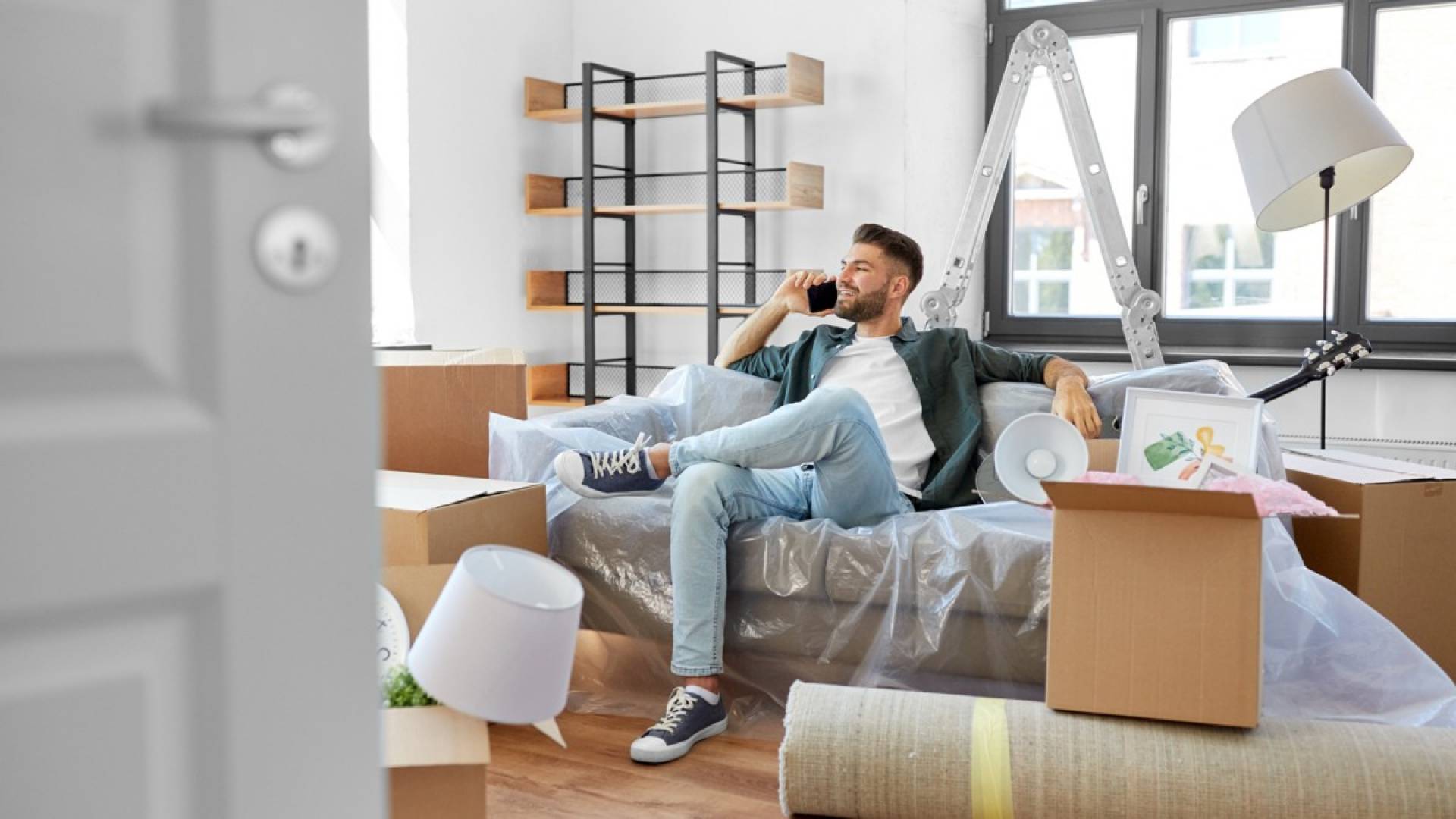
Tenant liability. The correct way to insure against damage by tenants.
Living leaves its mark over time. This could be due to normal or excessive wear and tear or if something is accidentally damaged or breaks. Find out who pays for which damage.
What is tenants’ liability insurance?
As a tenant of an apartment, you and others living in the household are responsible for damage caused by its use during the rental period. Your private liability insurance – also called tenant's liability insurance – covers certain types of damage. All persons living in the same household are also insured.










